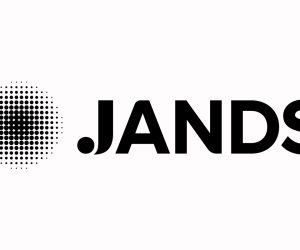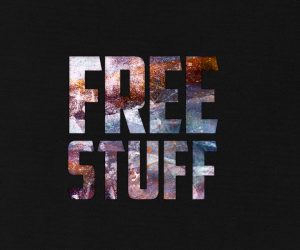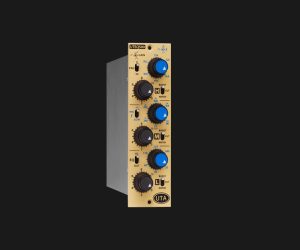
Top 5: SAFIA
We catch up with Ben and Michael from Canberra three-piece SAFIA to hear about the five most crucial studio tools for producing their records.
13 October 2023
MOOG SUB 37 ANALOGUE SYNTHESIZER
Michael Bell: I bought the Moog because I wanted more hands-on control and responsiveness. After Ben bought the Prophet 12 I could see how that was helping to direct our creativity and I wanted that for our bass sounds and sequences as well. The Moog Sub 37 is a two-note paraphonic analogue synth. Having those two separate oscillator voices has really helped us to create a wide range of sounds and taken us down some interesting creative avenues. For one of our songs Float, the chords on that are all Moog.
The arp/sequencer is a great way of creating and tweaking sounds. I latch the arp and slowly figure out the best envelope settings, for example. We’ve created some unique sounds and sequences with interesting velocity response.
Ben Woolner: Most of a good SAFIA mix is around the relationship between the bass and kick, and then the vocal balance. Spending that time jamming to perfectly sculpt the bass around the kick is always a good idea. Those are the songs which just jump out of the speakers.
It’s such a rich forward sound because of those two voices. Creating a sound with two harmonies moving together is something you could probably recreate with a Moog plug-in, but it’d take days getting it there.


BUZZ AUDIO ESSENCE 500 SERIES OPTO COMPRESSOR
Ben: It’s just a nice opto compressor that you can hit hard. I put it at the front end when I’m recording a vocal performance. You sing differently when you can hear it grabbing on – you can do something similar with plug-ins, but it’s a bit harsher. With this Buzz Audio device, you can really push into it and you get different kinds of performances as a result. Without a good vocal performance the song probably won’t work. So anything that helps with that performance is a big deal.
SEQUENTIAL PROPHET 12 ANALOGUE SYNTHESIZER
Ben: It’s an amazing synth, especially for anything expansive. The longer we produce music, the more we’re able to make good choices around where things should sit. I think we now have better ears. We understand what timbres work best. Then as we bring in nice pieces of gear like the Prophet 12, we can incorporate them a lot quicker in that writing process. We don’t spend too much time getting lost in the choices. We’re building upon what we know works.


NEUMANN U87 VOCAL MIC
Ben: I’ll take my U87 into the studio to record vocals. We have the gear to record at home but going into the studio and working with Michael and an engineer helps me to maintain a good perspective.
Michael: I think it’s good to have two of us there because inevitably Ben is going to be listening for imperfections in the performance while I can help ensure we don’t lose an amazing take because of an imperfection.
Ben: I agree. As a vocalist it’s easy to be a bit too self conscious and, as a result, you can sometimes miss the magic.
BRICASTI M7 REVERB
Ben: At one stage I used the Bricasti on everything. Now, I’m more selective. For songs that require a big enveloping space, it’s unbeatable. Once you A/B the Bricasti with anything else it’s hard to go back. The only reason I wouldn’t use it is when I want something more gnarly. But you can always dirty it up after printing the sound.




























RESPONSES